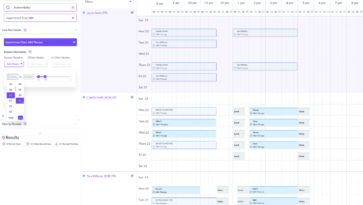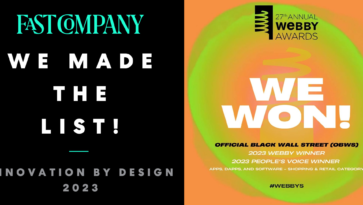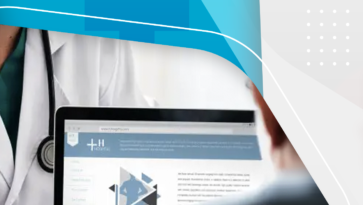
Have you ever struggled to incorporate stakeholders in the user research process? At Sidebench, we value a unique client experience and are always looking for new, valuable ways to bring stakeholders to the research and design table. We recently learned how valuable something called the “affinity diagram” can be when we started user research for a post-NICU navigation app at Children’s Hospital Los Angeles. In order to ensure the project met the needs of our users, we conducted focus groups with several stakeholders. After we completed these interviews with families, nurses, social workers and various other healthcare providers we ended up with a massive quantity of notes.
We chose to use the affinity diagram method because it acts as an effective graphic tool for organizing large amounts of data into salient themes. We entered our affinity diagram workshop meeting with the transcripts of our four focus group sessions. Two hours and 200 sticky notes later, we had identified themes to guide our designs.
How to lead an effective affinity diagram session:
- Establish transparency. Establishing transparency into user research methods benefits the client and your team. Send clients the research plan, the interview scripts, etc. before the working session.
- Invite every stakeholder. How often have product teams thought, “If only the client knew what I knew about the user”? They can and they should. Sometimes reporting methods like user personas don’t connect all the dots for clients. Although it’s best to leave clients out of interviews to avoid bias, that doesn’t mean they can’t be a part of the analysis. In fact, it’s beneficial to draw conclusions from research through client collaboration. Any stakeholder who signs off on product decisions should be part of an affinity diagram session.
- Onboard the group. Before starting the work, stakeholders should understand the value. Let everyone know that today’s efforts will help the whole team digest a large pool of data. Trends and themes that come to light on the affinity diagram should connect the research phase of a project to the design phase. It’s a good idea to remind everyone of the project’s KPIs and objectives. This helps drive people to ask questions and make observations related to the project direction.
- Bring transcripts or recordings. In an internal affinity diagram session, team members make observations as interviews occur. In a stakeholder session, participants go through transcripts and recordings to generate observations. Your team might come with a few on hand. By the end of an interview review, the room should have a multicolored wall of sticky thoughts.
- Group, regroup, and group again. Themes should arise from the data naturally. It might take a while for participants to get into the groove of moving sticky notes into clouds or clusters. Try playing some music to get people energized. Once the flow begins, the data starts to take shape.
- Wrap it up. After a few guided rounds of grouping, point the team back to the mission of the diagram. Hasn’t everyone learned more about their users? What prior assumptions were just validated or invalidated? Remind everyone of the next steps in the project journey and how this step will help the team get there.
What can an affinity diagram do for your project?
The analysis bridge between research and design should not be a solo walk. Sometimes the research is so rich, that a simple glance at a persona isn’t enough to understand user’s true needs. A client session that digs into user data can prevent questionable or risky feature decisions. Using an affinity diagram before jumping into feature prioritization orients the team. Try affinity diagrams for analyzing a large pool of qualitative data. Your users might surprise you.






